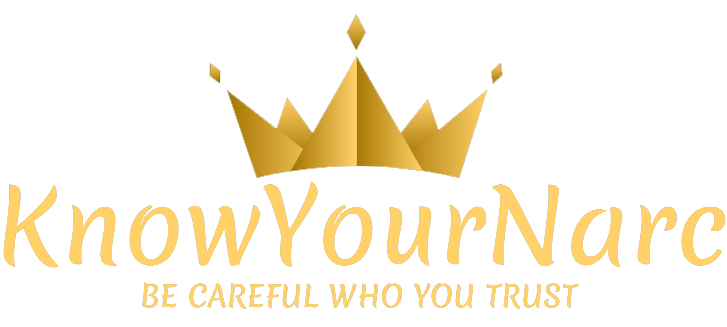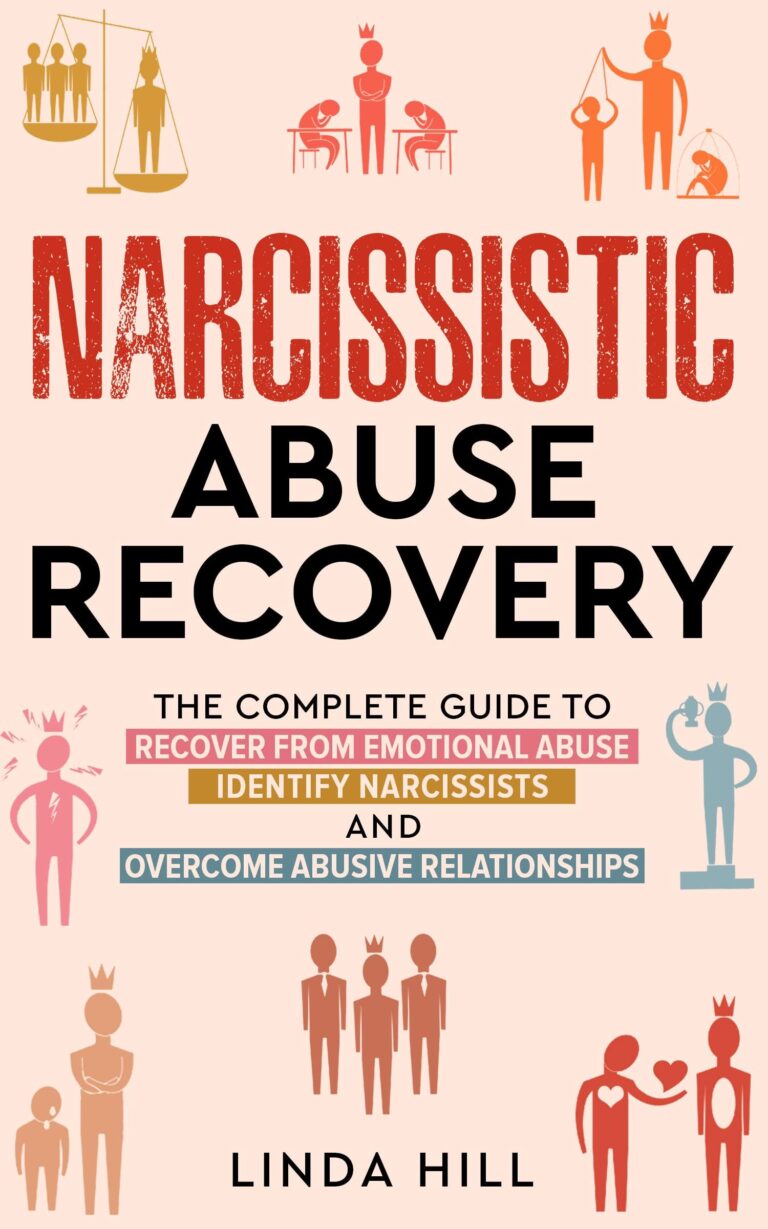Rebuilding self-esteem after experiencing narcissistic abuse is a journey often marked by pain, confusion, and a profound loss of identity. For a long time, I struggled to recognize my own worth beneath the weight of manipulation and emotional harm. But through reflection, support, and a commitment to healing, I gradually learned to reclaim the confidence and self-love that were taken from me. In this article, I want to share my personal story—how I navigated the difficult path from brokenness to empowerment—and offer hope to anyone else trying to find their way back to themselves.
Table of Contents
- Recognizing the Invisible Scars and Owning Your Story
- Setting Boundaries to Protect Your Emotional Well-Being
- Reconnecting with Your True Self Through Mindful Practices
- Building a Support System That Truly Understands and Empowers You
- Final Thoughts
Recognizing the Invisible Scars and Owning Your Story
Recovering from narcissistic abuse means facing the often invisible wounds left behind—wounds that aren’t always apparent to the outside world but weigh heavily on the soul. These scars manifest as self-doubt, anxiety, and an eroded sense of worth, making it difficult to separate your true self from the warped identity carved out by the abuse. Recognizing these hidden impacts was the first brave step I took; acknowledging that what I endured wasn’t just emotional bruises but profound psychological trauma that required intentional healing.
Owning my story became a powerful catalyst for change. Instead of burying the pain, I leaned into it with honesty and compassion, learning to reframe my narrative. This journey isn’t about blame but empowerment—about reclaiming the parts of me that were overshadowed by manipulation. Here’s what helped me embrace my truth and rebuild:
- Journaling: Writing down my thoughts turned chaos into clarity, helping me process emotions authentically.
- Setting boundaries: Learning to say no was revolutionary, a declaration that my needs matter.
- Seeking support: Connecting with others who understood provided validation and lifted isolation.
- Practicing self-compassion: Turning inward with kindness replaced the harsh inner critic with a nurturing voice.
Setting Boundaries to Protect Your Emotional Well-Being
Learning to say “no” was one of the hardest yet most liberating steps in my recovery journey. After years of having my feelings invalidated and my needs ignored, I realized that protecting my emotional space wasn’t selfish—it was essential. I started by identifying which situations and behaviors made me feel drained or unsafe, and gradually, I communicated clear limits to those around me. This wasn’t about building walls to shut people out but rather about creating safe, respectful spaces where my voice mattered. That meant stepping back from toxic relationships and dialing down my availability to energy-sapping interactions, allowing me to rebuild my sense of self-worth piece by piece.
Setting boundaries also meant embracing vulnerability and trusting my intuition again. I kept a list of affirmations to remind myself that my feelings were valid and that I deserved to be treated with kindness. Some strategies that made a profound difference included:
- Journaling my emotions to clarify my limits and notice when they were crossed.
- Practicing assertive communication to express my needs without guilt or apology.
- Seeking support from trusted friends or therapists who respected my boundaries and encouraged my healing.
With every boundary I set, my confidence grew, and the fog of manipulation began to lift. It was empowering to reclaim control over my emotional landscape and realize that protecting myself was the foundation of true self-love.
Reconnecting with Your True Self Through Mindful Practices
After enduring the relentless storm of narcissistic abuse, I found myself desperately seeking a beacon of light—a way back to the essence of who I truly was. Mindfulness became that guiding star, gently illuminating fractures in my identity I hadn’t even realized were there. It wasn’t about escaping the pain but leaning into it with curiosity and compassion. Through quiet moments of meditation, journaling my thoughts, and practicing deep breathing, I began to witness the clutter of toxic messages fade, making space for clarity and self-compassion to take root. Each pause allowed me to reconnect with emotions buried deep beneath layers of doubt and fear. These mindful rituals slowly stitched my spirit back together, reminding me that my worth was never dependent on others’ validation.
What transformed this process into a healing journey was developing a daily routine that honored my needs and boundaries, such as:
- Sitting in stillness for 10 minutes each morning to ground my intentions
- Engaging in gentle yoga to reconnect body and mind
- Writing affirmations that reinforce my intrinsic value
- Creating space for gratitude, even in the smallest moments
These small acts of self-awareness formed a foundation that resurrected my confidence. Mindful practices did not just heal the wounds—they rekindled a relationship with myself that was honest, tender, and resilient. It was here, within this sacred return to presence, that I reclaimed my identity and rebuilt my self-esteem piece by piece.
Building a Support System That Truly Understands and Empowers You
After years of silent suffering, I realized the importance of surrounding myself with people who not only listen but truly *hear* me. It wasn’t about having a large group but cultivating meaningful connections with those who aligned with my healing journey. I began to seek out friends and mentors who valued my worth beyond my past, who celebrated my strengths and acknowledged my struggles without judgment. This was a critical step—not just to fill the void left by the narcissistic abuse—but to reclaim my voice and reinforce my confidence through genuine empathy and respect.
Building this support network required intentionality and courage. I joined communities, both in-person and online, where vulnerability was embraced and personal growth was the shared goal. Some key elements that helped me were:
- Mutual respect: Relationships where my feelings were validated.
- Consistent encouragement: People who motivated me to set healthy boundaries.
- Accountability partners: Friends who gently held me accountable to my goals.
- Safe spaces: Environments free from manipulation or gaslighting.
Through these intentional connections, I not only rebuilt my self-esteem but also empowered myself to trust and love again. True support isn’t just about assistance; it’s about being seen, valued, and uplifted, even on the hardest days.
Final Thoughts
Rebuilding my self-esteem after narcissistic abuse wasn’t an overnight transformation—it was a journey filled with setbacks, self-discovery, and gradual healing. Sharing my story here, I hope, reminds you that reclaiming your worth is possible, no matter how shattered you feel right now. If you’re walking a similar path, be gentle with yourself. Celebrate the small victories, seek support when you need it, and remember: your value isn’t defined by how someone else treated you. Healing is messy, but on the other side lies a stronger, more compassionate you waiting to emerge. Keep going—you’re worth it.

